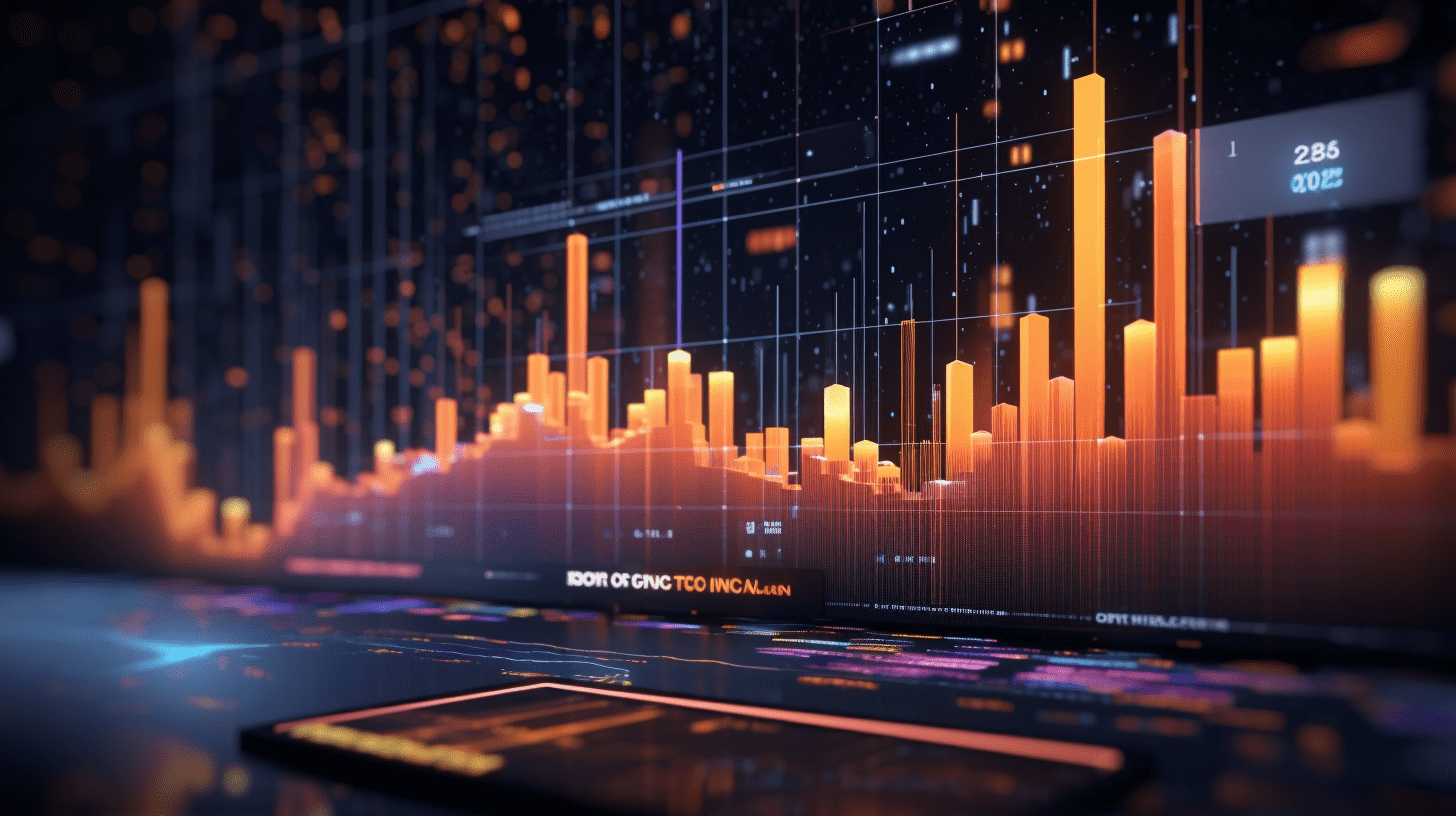
Zhongtai: Overcapacity is common in the planting industry, and the level of economic prosperity depends on the warming of demand.
Zhongtai released a research report stating that due to adequate supply and poor downstream demand, the performance of various sectors in the planting industry in the first three quarters of 2024 was poor. In the fourth quarter, with the overall environment warming up, various sectors achieved excess returns in some targets driven by restructuring and long-term capacity digestion. However, the outlook for the planting industry in 2025 still depends on the downstream market, especially on whether terminal demand can recover under low-price stimulation. The bank believes that some industries with high inventory relying solely on supply-side contraction cannot truly bring about an upward trend, and in the short term, attention can be focused on industries with low inventory or continued capacity contraction.
Zhongtai's main points are as follows:
Due to adequate supply and poor downstream demand, various sectors of the planting industry performed poorly in the first three quarters of 2024. In the fourth quarter, with the slowing macroeconomic atmosphere and an upward trend in the index, various sectors followed suit to varying degrees, with some targets achieving excess returns driven by restructuring and long-term capacity digestion. Whether the planting industry's prosperity in 2025 can recover depends on whether the downstream market can warm up: whether insufficient terminal demand can be effectively stimulated by low prices, and emphasis on industries with low inventory or continuous capacity contraction, as some high-inventory, high-capacity industries relying solely on temporary supply-side contraction cannot sustain an upward trend.
Seed industry: 2024 is the first year of commercial sales for genetically modified seeds, with retail prices generally 30-50% higher than traditional seeds. Although production and sales are limited to specific areas, the reputation of high-yielding seeds has begun to accumulate. So far, 81 genetically modified corn and soybean varieties have been approved by the country, and it is expected that more provinces will promote genetically modified field planting by 2025. The area and cost of seed production decreased simultaneously in 2024, and the industry officially entered a period of capacity digestion. In recent years, grain prices have frequently hit new lows, causing a decline in enterprise gross profit margins, an increase in returns, and a narrowing of pre-sale scale, which are the main reasons for the industry downturn.
The seed industry has been the most concentrated sector in agricultural mergers and acquisitions in recent years, with many industry leaders holding by national and central enterprises. Horizontal mergers and acquisitions are the core engine of industry leader development, forming a unified consensus. The downturn in prosperity and policy empowerment will drive the accelerated integration of the industry through mergers and acquisitions, and these events may occur frequently. The seed industry is a technological pioneer in the agricultural sector, with characteristics of high research and development investment, high policy barriers, and strong brand recognition. Competition in the seed industry in the long term comes from technological competition, and overseas experience suggests that future industry leaders in the seed industry will also be excellent technology companies. Although performance is under pressure, there is room for valuation repair, and top-quality companies may explore the bottom of the industry earlier.
Rubber: Rubber was the star product of the planting industry chain in 2024. The market began to focus on the cumulative impact of global natural rubber continuous capacity digestion. Looking at the close linkage between stocks and futures throughout the year, the market has not yet formed a comprehensive consensus on the new price cycle. The rigid rise in artificial and land costs in Southeast Asia is irreversible, and the relative returns of alternative plantings are still maintained. China Hainan Rubber Industry Group, as a global leader in natural rubber, benefits from the opening of a new rubber cycle. The short-term disadvantages of merging with HeSheng Agriculture outweigh the benefits, but the profit potential after a long-term thickening cycle is on the rise. After being washed by Typhoon Mokyo and reorganizing in African production areas, the company is expected to increase its dry rubber production in 2025.
Sugar: The global sugar inventory-to-consumption ratio is the lowest in the mainstream of the agricultural sector. Over the past five crushing seasons, there has been a cumulative shortage of 7.914 million tons globally. Starting from the negative oil price in April 2020, over the past two years, international sugar prices have had the highest relative returns in the mainstream of the agricultural sector, with the downward shift mainly due to macroeconomic weak demand and the slump in the agricultural sector. If commodities maintain a weak trend, domestic and international sugar prices will respond with wide fluctuations. The link between domestic sugar prices and the international market is becoming increasingly close, and industry volatility is increasing, testing the comprehensive quality of domestic sugar companies. Enterprises with diverse business models and excellent risk management capabilities will see their valuations rise.
Shenzhen Agricultural Power Group processing: Prices of soybeans, corn, edible oils, and other products from Shenzhen Agricultural Power Group are expected to remain low for a long time, and downstream leading companies that improve their competitive landscape will enjoy a period of low-cost dividends.
Risk warning: Policy promotion does not meet expectations; downstream demand exceeds expected decline; weather changes exceed expectations; data used in the research report is not updated in a timely manner.
Hong Kong Stock Concept Tracking | State Council publishes important document! Enriching the supply of inbound tourism products. It is expected that the demand for outbound travel will be released during the Spring Festival (with concept stocks).
The joint Power Entrepreneurship board IPO "has been inquired", with over 1.7 million units of power system products shipped in the first half of last year.
RECOMMEND
©️2013 - 2025 GMT EIGHT Holdings. All Rights Reserved.
Contact: contact@gmteight.com


